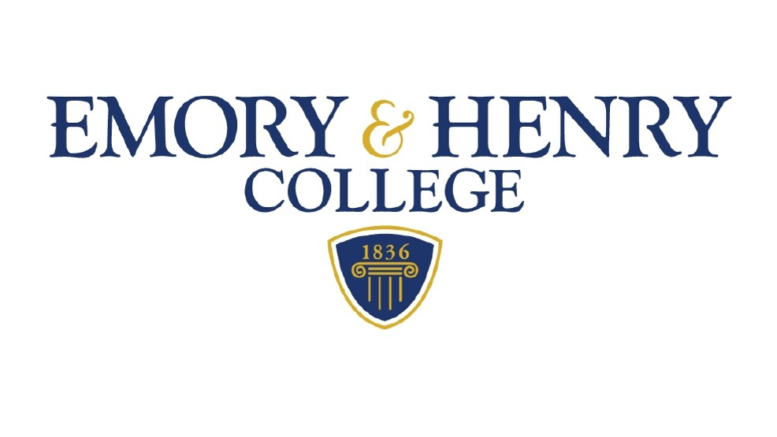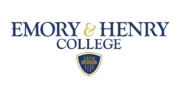In this spring’s Engineering Science Laboratory II course taught by Professor Mark Hainsworth, students gained hands-on experience in the processes of engineering designing and fabrication.
“In building this course, I combined my academic training in Integrative STEM Design Based Learning and experience as a working engineer,” says Professor Hainsworth.

Initially students were introduced to the design process and the ways in which engineers communicate their ideas to other project related personnel.
“I borrowed real blueprints of area projects from a local engineering firm, and our students learned how to read and create contract documents and site preparation plans,” says Professor Hainsworth. With this new knowledge students were then tasked with drawing their own process flow diagrams for a system they were fairly familiar with, a gas station.
Their first design challenge that required fabrication efforts included designing a bioreactor that would produce an alternative fuel. Within this challenge students focused on fermentation processes and gas collection techniques.
“They failed a couple of times and had to redesign, but that’s what engineering is all about – learning from mistakes, stepping back to see what happened and learning how to solve the problem,” says Professor Hainsworth.
Their next challenge, and biggest one yet, required students to design and build a water treatment system that would be capable of successfully treating to state drinking water quality standards a five gallon water sample from our local Holston River. Their design had to fall within a set budget and could only utilize a minimal amount of human interaction.
In preparation for the design, students took a tour of the Washington County water treatment plant in Abingdon, Va.
“Once we visited the treatment plant it gave me and my classmates a better view of what we had to do in order to achieve our goal of making quality drinking water,” says Donovan Pinnix, an Engineering Science student. “Then, we were able to gather the supplies in order to build our simplified treatment system. I believe that these steps, and all of the smaller ones that we did, will be able to help me in my future career. Instead of just jumping into the situation, Professor Hainsworth made us step back and view the whole picture, then attack the problem step by step.”
During the design and fabrication process the students created a rapid mix chamber with a 3-D printed impeller attached to the motor all located within a settling tank. The disinfection portion of the water treatment design utilized an innovative ultraviolet lighting system that was controlled by a timer. Ultimately, their completed system successfully brought the water to the state drinking water standards.
“With hands-on projects like these, students are fully engaged in the classroom,” says Professor Hainsworth. “In addition to knowing about the water treatment process, they also learn other skills such as working with unique materials and interacting within a design team with people who have different ideas.”





